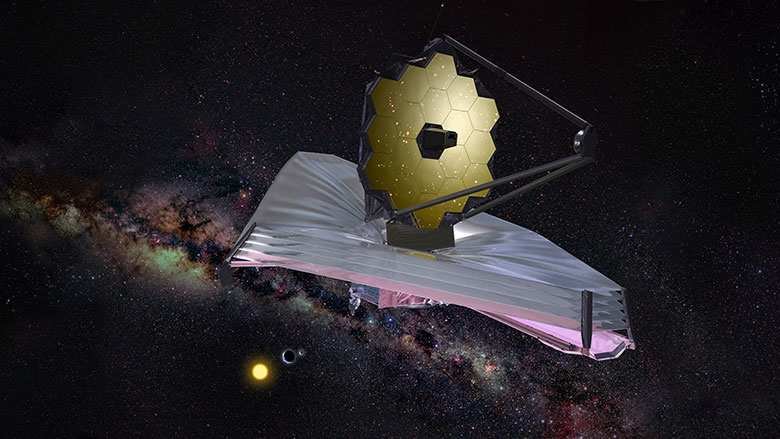
In order for humans to move out of the solar system in the future and the possibility of extraterrestrial life, it is important to find celestial bodies similar to Earth. A celestial body that revolves around a sun-like star made up primarily of rocks and has water and atmosphere.
Over the past decade, astronomers have been able to find some rocky planets orbiting stars outside the solar system. However, it was questioned whether such a planet was near a star or M-type dwarf star that was smaller than the sun and had a cooler temperature, and that the atmosphere was exploded by radiation or stellar wind. However, new methods may be able to quickly determine whether or not planets like Earth have an atmosphere.
Professor Eliza Kempton’s team at the University of Maryland has not so far investigated the atmospheric features of terrestrial planets outside the solar system. The findings published this time could be the first stepping stone to characterize cancerous planets around viable regions.
According to this, if the amount of light observed just before a known rocky planet outside the solar system passes right behind the star corresponding to its parent is compared with the amount of light seen only from the stars, the amount of radiation received by the planet at the distance between the stars and the planets is due to the difference in light. It is said that it is possible to know the amount of light emitted again.
If the planet re-emits all the light, there is probably no atmosphere, and if some of the light is lost, it is evidence that the atmosphere has redistributed or diffused some of the energy behind the planet.
What makes this research different from previous attempts lies in the speed of searching for atmospheric planets. What the research team asked for was speed. The James Webb Space Telescope, which will be released in 2021, is expected to discover numerous extraterrestrial planets that have never been found. Thus, astronomers are likely to face fierce competition over valuable observation time. This is why the research team focused on devising a research method to determine the possibility of the existence of atmosphere on dozens of extraterrestrial planets in one observation.
However, this method also has limitations. Whether life has changed the atmosphere and whether it is similar to Earth’s atmosphere is unknown, or it may make researchers mistake the atmosphere for the reflection of light from a clay-like material changed by water on a rocky planet.
For this reason, it is unlikely that astronomers are using this method to explore viable planets where water is expected to have signs of life. Nevertheless, this method can be useful as it can be used for planetary priorities to be investigated in detail.
Astronomers use the James Webb Space Telescope to start small and steadily. Planets that are slightly warmer than their viable temperatures are also simple to characterize, allowing shorter telescope observation times and more accurate results. The James Webwarz telescope may give you a special opportunity to quickly identify whether or not an atmosphere exists on an alien planet. Related information can be found here .


















Add comment